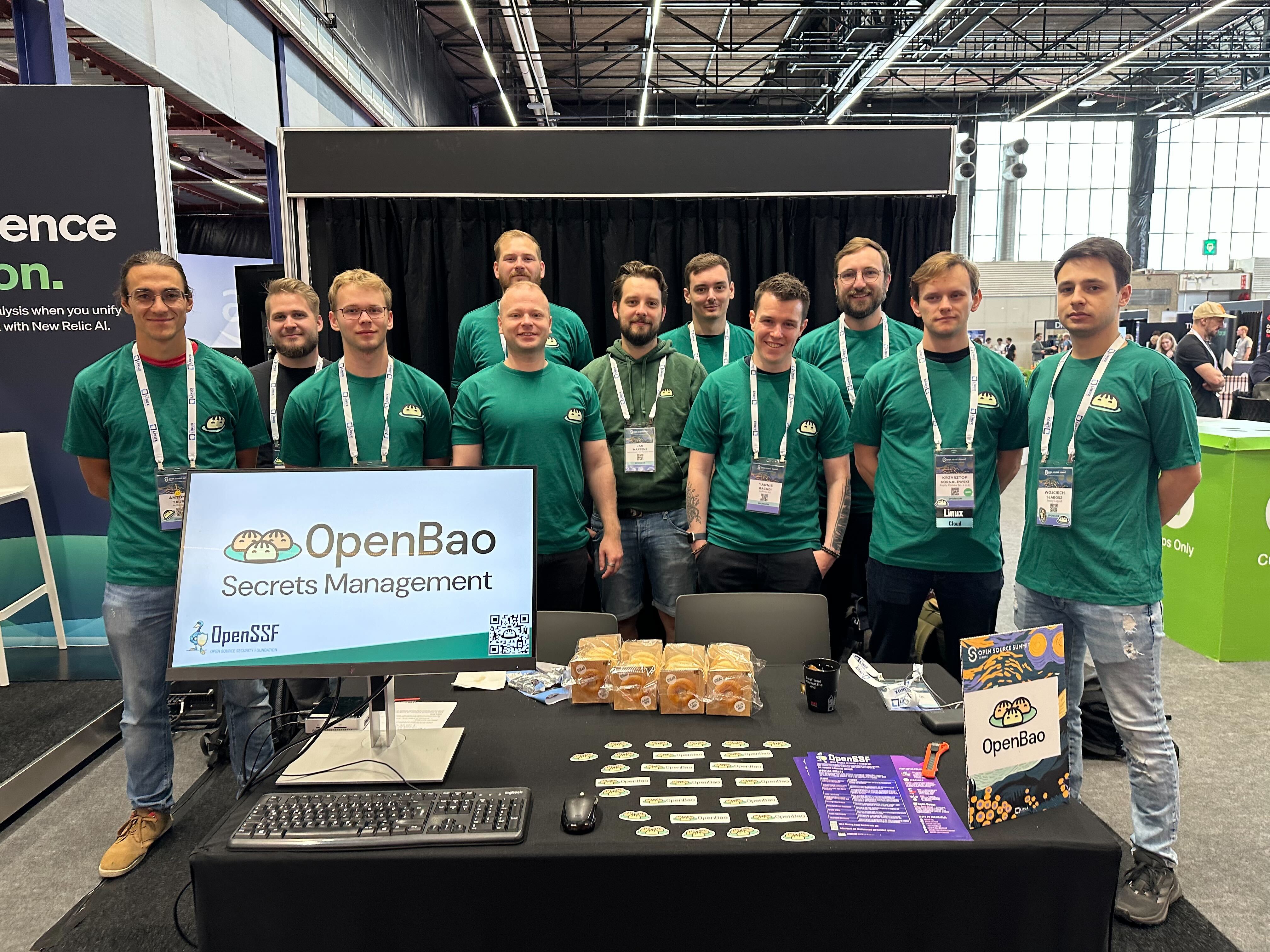It's a wrap! OpenBao at Open Source Summit Europe 2025
The OpenBao community had a great time at Open Source Summit Europe 2025! The event once again showed how strong the demand for secure and reliable secret management in enterprise environments has become.
One theme was clear: Companies and individuals demand tools to manage secrets across their systems, and solutions like OpenBao are foundational for security and compliance.







